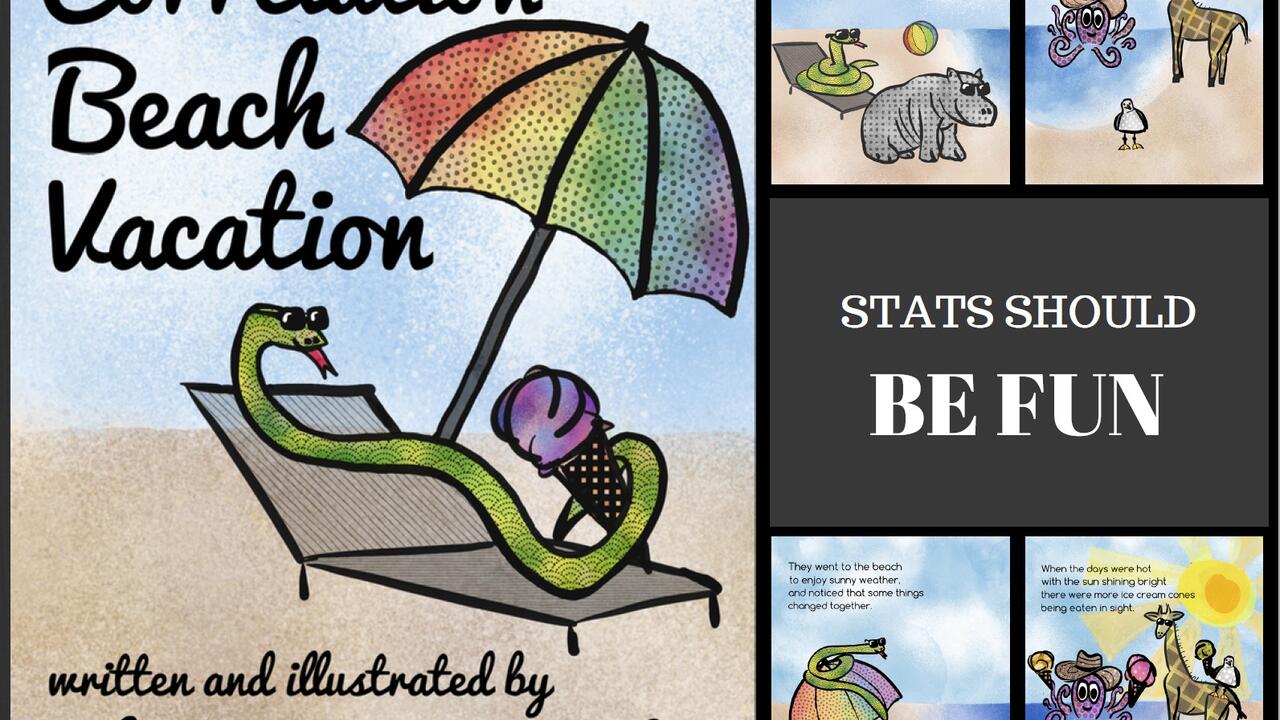
Combining Stats and Storytelling
Embracing interdisciplinary research to make art.

Embracing interdisciplinary research to make art.
By Rhiannon V. Rose (MMath '14) Alumnus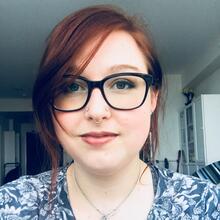 Ever since I was a kid, I’ve enjoyed both academics and art. They both involve creativity, so of course I liked both! I found as I got older though that there was a tendency for people to expect you to only enjoy and be good at one thing – one type of science, or maybe a particular musical instrument.
Ever since I was a kid, I’ve enjoyed both academics and art. They both involve creativity, so of course I liked both! I found as I got older though that there was a tendency for people to expect you to only enjoy and be good at one thing – one type of science, or maybe a particular musical instrument.  Thankfully, my experience at the University of Waterloo taught me that limiting yourself to one particular pursuit isn’t necessary.
Thankfully, my experience at the University of Waterloo taught me that limiting yourself to one particular pursuit isn’t necessary.
When I started my undergraduate degree at Waterloo, I was enrolled in Kinesiology. I began working with the psychomotor behavior laboratory in second year, and found that I also loved psychology and computer science! I eventually changed undergraduate programs to psychology to focus more on that aspect of research, and transitioned to computer science for my masters. For my undergraduate research, I combined psychology, kinesiology and computer science. For my master’s research, I blended healthcare, statistics and computer science.
When I eventually left Waterloo to complete my doctorate in Epidemiology and Biostatistics at Western University, I continued on the interdisciplinary path that my experience at UWaterloo had set me on: I combined concepts from statistics, clinical pharmacology, epidemiology, and computer science to improve predictive modelling in a healthcare setting.
I love combining disciplines to create something new and exciting. Breaking down silos of knowledge and sharing information makes it easier for meaningful contributions to take place, and to involve people who wouldn't necessarily be interested in one topic alone.
Once I finally finished school and started my first corporate job as a pharmacoepidemiologist, I found that I missed the process of learning and sharing information. I also rediscovered my love for drawing, art, and creative writing, all of which I had abandoned after high school. I decided to use these discoveries to try and tackle a big problem I’ve noticed throughout my entire academic career: people hate stats!
I personally love statistical concepts, but I can’t really blame the vast majority people for not sharing my passion – the current approach to teaching introductory statistics is like forcing kids who are learning how to drive to learn to build an entire car from scratch before they get behind the wheel. To change this trend, I’m currently writing and conducting a crowdfunding campaign to publish my first book: Correlation Beach Vacation! In this colourful, whimsically illustrated, rhyming book, a snake and a hippo go to the beach and learn about the difference between correlation and causation, using examples like swimsuits and ice cream cones, and sunscreen and sunburns.
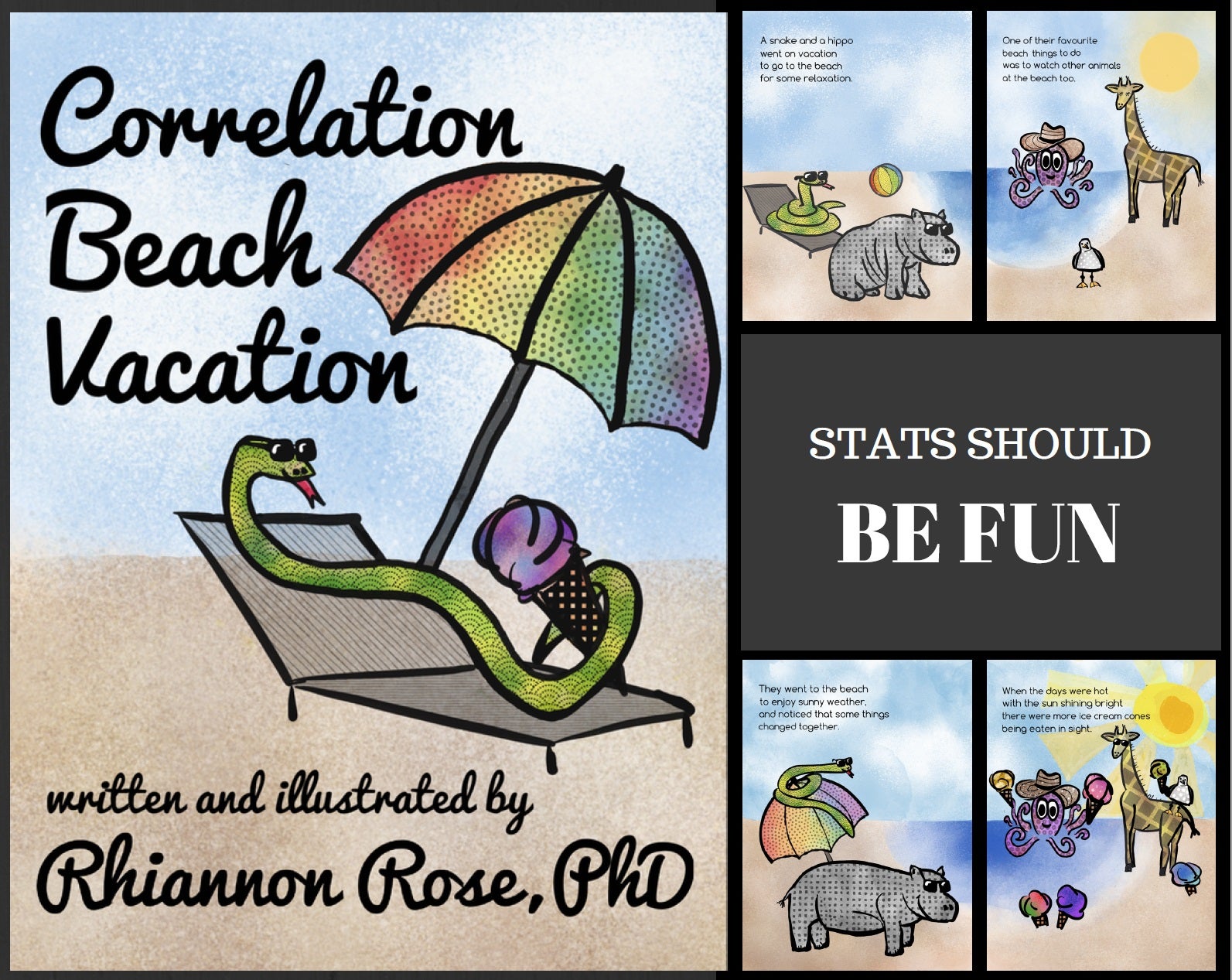
I want kids to be able to better understand their environment, and also to view learning statistical concepts as fun and intuitive. Mixing learning with creativity is a great way to create a fun educational experience, which is why I’m so excited about this project. Please check it out on Kickstarter if you’d like to share your ideas and experience, or join the campaign!
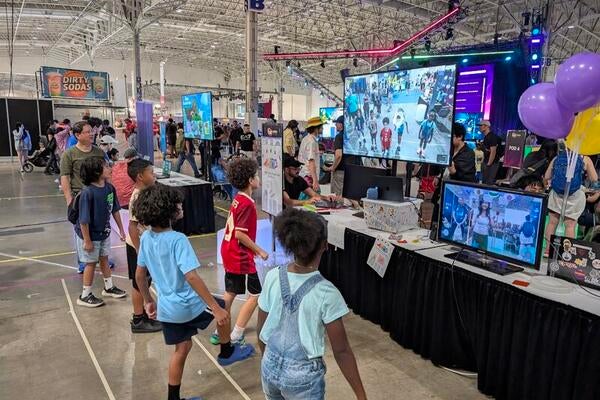
Read more
Waterloo-based startup is supporting children with disabilities by transforming physiotherapy exercises into motion-based games
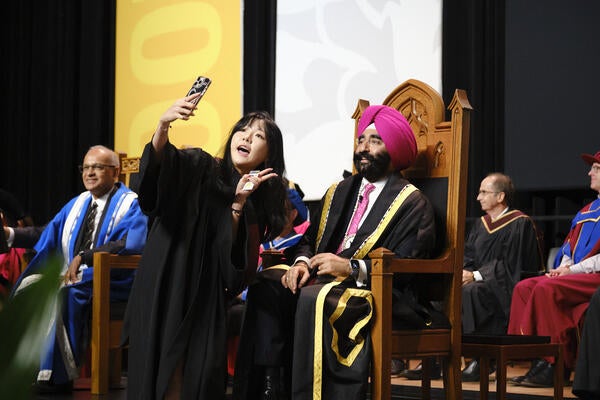
Read more
Waterloo welcomes 2,800 new graduates to its alumni club and celebrates their bold new journeys

Read more
From co-op to community, grads offer insights and inspiration for the next generation of students
The University of Waterloo acknowledges that much of our work takes place on the traditional territory of the Neutral, Anishinaabeg, and Haudenosaunee peoples. Our main campus is situated on the Haldimand Tract, the land granted to the Six Nations that includes six miles on each side of the Grand River. Our active work toward reconciliation takes place across our campuses through research, learning, teaching, and community building, and is co-ordinated within the Office of Indigenous Relations.